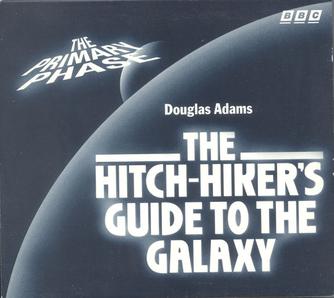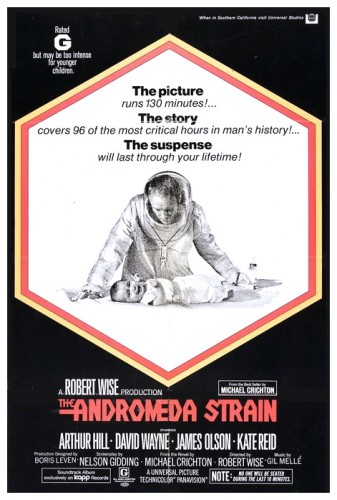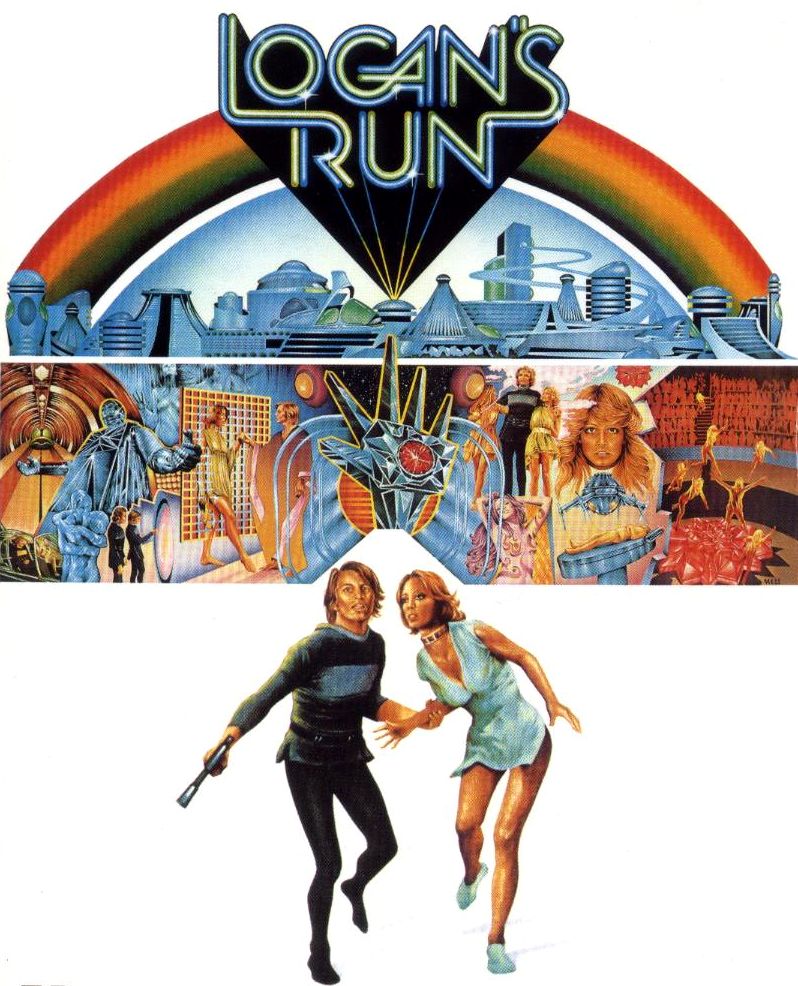
The cultural upheaval that characterized the 1960s continued into the 1970s. Revolution and war affected more and more of an increasingly globalized war. While the United States discontinued their participation in the Vietnam War, tensions mounted in the middle east. This led to much violence, and an oil crisis that affected much of the western world, and motivated increased ecological awareness. Social life in the west became atomized, as opposed to the more communal nature of 1960s culture, bringing about what author and journalist Tom Wolfe has dubbed, the “Me Decade”.

Computer technology continued to develop throughout the seventies, especially bolstered by the continuing development of the integrated circuit, or “microchip”. Acclaimed physicist Stephen Hawking proposed his theories about black holes, and the boundaries of the universe. Also, the world’s first space station program, Salyut, was launched by the Soviets in 1971. The United States’ first space station, Skylab, was put into orbit in 1973.
Science Fiction:
Literature-

In 1970, Larry Niven, an acclaimed science fiction author, who had already proved himself through his short fiction, and his work on television shows such as The Outer Limits, published Ringworld. This quirky space adventure told the tale of a two-hundred-year-old man on his journey outside of known space. Niven later added onto this universe with four sequels and four sequels. Ringworld received the Nebula award in 1970, and the Hugo and Locus awards in 1971.

Sci-fi veteran Arthur C. Clarke published Rendezvous With Rama, the story of human explorers sent to investigate an alien ship in earth’s atmosphere, in 1973. It is considered one of his best works, and won the Hugo and Nebula awards for the year of its publication. The same year, Thomas Pynchon published Gravity’s Rainbow. It is a complex tale about a mysterious device implanted in a WWII rocket, that deals with issues both of physics and metaphysics.
The Nebula Award winner for Best Novel in 1974 was Ursula K. LeGuin’s The Dispossessed, which she set in a complex universe full of societies mirroring the clashing political ideologies of earth.

In 1979, Kurt Vonnegut Jr. published Slaughterhouse-Five, which recounted and fictionalized some of his experiences fighting in World War Two. The nonlinear tale is told from the perspective of Billy Pilgrim, a man having flashbacks on his life, while he believes he is trapped in an alien zoo. It takes a postmodern perspective on the significance of life, death, and evil.
Magazines-

In 1972, Ben Bova, who had been running the magazine since John W. Campbell’s death in 1971, officially became editor of Analog Science Fact and Fiction. In 1973, Indiana State University began publication of Science Fiction Studies, one of the first academic journals on the subject of science fiction. The John W. Campbell Award was established in 1973 in memory of the great science fiction editor. Asimov’s Science Fiction began publication in 1974, and continues to be one of the most illustrious markets in the genre to this day.

In 1979, Darko Suvin published his groundbreaking work on the philosophy of science fiction, Metamorphoses of Science Fiction, in which he describes the nature and purpose of a true science fiction story.
Radio-

In 1978, the award winning radio drama The Hitchhiker's Guide to The Galaxy was first broadcast on the BBC The quirky, comedic story of a hapless survivor of the late human race as he is dragged on an intergalactic voyage with a motley assortment of aliens and robots, lasted for two series on the radio. Author Douglas Adams later converted his story into a “trilogy” of five novels. It has also been adapted into a television series, a film, and even a video game.
Television-
Science fiction television became wildly popular in the 1970s, with sensations like Star Trek, Star Wars, and Doctor Who bringing the genre great popularity. The quantity of sci-fi shows skyrocketed. Unfortunately, the quantity sometimes came at the expense of quality.

In 1973, three television movies about about an injured astronaut named Steve Austin, who is rebuilt with bionic implants were aired. These were followed up by the five season television show, The Six Million Dollar Man, starring Lee Majors, and its 1976 spinoff, The Bionic Woman, starring Lindsay Wagner. The entire series was based off a 1972 novel called Cyborg, by Martin Caidin.

1973 was also the year that Star Trek’s first spinoff series was broadcast. Star Trek: The Animated series lasted for two seasons, and starred the entire original crew,(minus Walter Koenig, who ended up writing an episode), as their cartoon counterparts. It brought back favorite writers such as David Gerrold and D.C. Fontana, and even brought on acclaimed sci-fi writers like Larry Niven. The Animated Series holds the distinction of being the first Star Trek series to win an emmy, for “How Sharper Than a Serpent’s Tooth”.

Battlestar Galactica, a series aesthetically inspired by Star Wars, first aired in 1978. It is the story of humanity’s struggle to find a new homeworld as they battle the alien-robots, the Cylons. It was created by Glen Larson, who was a Mormon, and some of his theology can be seen reflected in elements of the story. The original series, starring Lorne Greene, Richard Hatch and Dirk Benedict, was followed up by the less successful Galactica 1980, and a very popular 2003 remake.

Marvel Comics’ The Hulk was brought to life on the small screen in 1978. The Incredible Hulk starred Bill Bixby as tormented scientist Dr. David Banner, and Lou Ferrigno as his big, green alter ego. One of the most memorable aspects of the show was its end theme music, “The Lonely Man Theme”, composed by Joe Harnell.
Movies-
As the “Space Age” coming to a close, the idealistic future people had imagined was not forthcoming. Many of the sci-fi movies of the 1970s reflected the bleak outlook on the future brought about by the Cold War, and other world crises.

The Andromeda Strain, released in 1971, was an alien invasion film. This time, however, the invaders were an alien virus that threatened to wipe out all life on earth. The story was based on the novel by Michael Crichton. It was directed by Robert Wise- who was famous for his work on Invasion of the Body Snatchers, as well as The Sound of Music- and starred Arthur Hill, David Wayne, James Olson, and Kate Reid as four scientists trying to stop the disease from destroying humanity.

Science fiction classic Logan’s Run came out in 1976. It was a dystopian story of a world that was nearly perfect- except for the part where citizens had to die at age thirty. The main character, Logan- played by Michael York- used to hunt down those who tried to escape their fate. On the eve of his own destruction, he sets out with a woman named Jessica- Jenny Agutter- on a quest for life outside the dome.

On May 25, 1977, a science fiction/fantasy film was released that provided a refreshing break from the bleak,apocalyptic fare, and made incredible advances in special effects technology. Neither science fiction nor cinema would ever be the same after George Lucas’ Star Wars, (later Star Wars IV: A New Hope). I’m not going to talk about the movie too much right now, because you’re going to hear an awful lot about it next week, when I blog through the Star Wars saga in preparation for Star Wars VII: The Force Awakens.
The same year as Star Wars came out, Steven Spielberg released Close Encounters of the Third Kind, a unique first contact movie in which aliens make contact with an ordinary worker through telepathic communication.

The Man of Steel appeared in his first feature length film in 1978, in the Richard Donner directed Superman. Superman/Clark Kent was played by Christopher Reeve; Lois Lane was played by Margot Kidder, and arch-villain Lex Luthor was played by Gene Hackman.

1979 saw the release of science fiction/horror thriller Alien, (directed by Ridley Scott), and the Enterprise crew’s big screen debut, Star Trek: The Motion Picture (directed by Robert Wise).
Many of these films would follow the example of Star Wars, creating franchises that continued into the 1980s and beyond.
Keep on glowing in the dark,
Elora
No comments:
Post a Comment